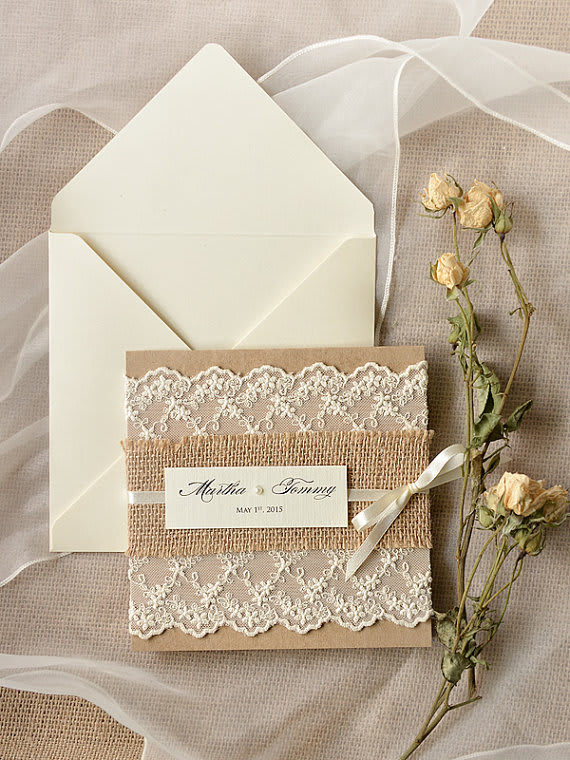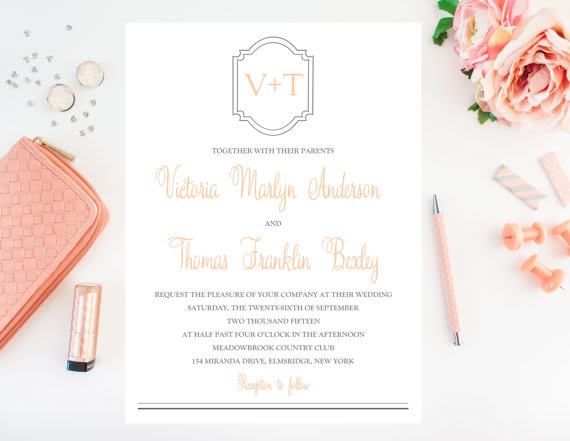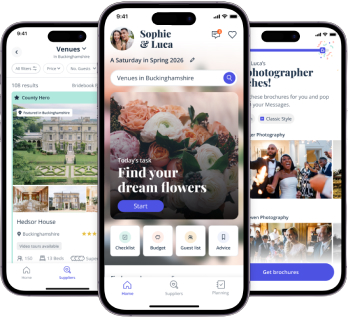When planning your big day, the first impression you’ll make on your guests is through your wedding invitation. It sets the tone for your wedding and gives guests a glimpse into the style and theme of the event. This guide will delve deep into every aspect of wedding invitations: from design and etiquette to the latest trends.
A wedding invitation is not just a mere piece of paper. It’s a reflection of the couple’s personality, style, and the ambiance they wish to create for their wedding day.
2. Designing Your Wedding Invitation
Designing your wedding invitation is a creative process that allows couples to express their unique style and the essence of their love story. Here’s a comprehensive breakdown to help guide you:
-
Theme and Style: Before diving into colors or typography, decide on an overarching theme or style. Do you want a rustic charm, classic elegance, modern minimalism, or a quirky, offbeat design? Your theme will set the groundwork for other design elements.
-
Colors: Your color choice is paramount. Start with your wedding colors or those that resonate with your chosen theme. For instance, pastels are perfect for spring weddings, while jewel tones may suit a winter celebration. Don’t be afraid to play with color gradients or metallic shades for added flair.
-
Typography: Fonts play a significant role in conveying the mood of your invitation. Traditional weddings often gravitate towards script or calligraphy fonts, while contemporary designs might use bold, clean typefaces. Combining two complementary fonts can also add depth and interest.
-
Graphics and Illustrations: These elements can be the highlight of your invitation design:
-
Floral Designs: Ideal for garden or rustic-themed weddings.
-
Geometric Patterns: Offers a modern, chic look.
-
Custom Illustrations: Personalized sketches of the couple or significant landmarks can make your invite truly one-of-a-kind.
-
Monograms: Personalized monograms of the couple’s initials woven into the design add a touch of elegance.
-
Material: The choice of material can elevate the look and feel of your invitation:
-
Classic Paper: Opt for textured or linen paper for a luxurious feel.
-
Velvet: Adds a touch of opulence and is soft to the touch.
-
Wood: Perfect for rustic or boho-themed weddings.
-
Acrylic: This modern choice is sleek and can be paired with beautiful inks or even etching.
-
Fabric: Cloth invitations or fabric scrolls can be an exotic and memorable choice.
-
Envelope Design: An often-overlooked aspect, the envelope is the first thing your guests see. Consider envelope liners, wax seals, or embossing for added sophistication.
-
Printing Techniques: The way your invitation is printed can drastically impact its aesthetics:
-
Letterpress: This technique gives a debossed effect, where
-
the design is pressed into the paper.
-
Foil Stamping: Adds a metallic sheen to selected areas, perfect for luxurious invites.
-
Digital Printing: A versatile option that allows for vibrant color reproduction.
-
Thermography: Creates raised ink, giving texture and a classic feel.
-
Additional Elements: Consider adding ribbons, dried flowers, lace, or even semi-precious stones for a tactile and visual treat.
3. Wedding Invitation Etiquette
How long before a wedding should you send invitations?
Typically, wedding invitations are sent out 6-8 weeks before the wedding day. If you’re hosting a destination wedding, giving your guests more notice—around 3-4 months—is advisable, so they can make necessary travel arrangements.
What do I write on a wedding invitation?
A wedding invitation usually includes:
- The names of the hosts (often the parents of the bride).
- The couple’s names.
- A request to attend the wedding, such as “request the pleasure of your company.”
- Date and time of the ceremony.
- Location of the ceremony.
- Reception details, if different from the ceremony venue.
- RSVP information.
Here’s a simple example: “Mr. and Mrs. John Smith request the pleasure of your company at the wedding of their daughter, Emma Smith, to Liam Johnson on Saturday, the fifth of June, at three o’clock in the afternoon at the Rose Garden Chapel. Reception to follow at the Grand Ballroom of Hillside Hotel.“
Whose name goes first on a wedding invitation?
Traditionally, the bride’s name precedes the groom’s on a wedding invitation. For instance, “Emma Smith and Liam Johnson.” However, modern invitations might not follow this convention, especially if the couple or their families have a preference.
How much time do you give guests to RSVP to a wedding?
It’s customary to ask guests to RSVP about 2-3 weeks before the wedding. This allows you ample time to finalize seating arrangements, catering headcounts, and other logistics dependent on the guest count.

4. Trending Now: Wedding Invitation Trends for 2023
- Sustainable Invitations: Eco-friendly materials and digital invites are gaining traction.
- Mixed Media: Combining materials like paper and acrylic, or paper and fabric, offers a unique tactile experience.
- Interactive Invitations: QR codes that lead to a personal video or your wedding website are innovative additions.
- Bold Colors: While pastels are timeless, bold and contrasting colors are making a statement this year.
5. Budgeting for Your Invitations
Remember, the cost isn’t just the card. Consider the price of stamps, envelopes, and any additional inserts. If on a tight budget, digital invitations or simpler designs can be more cost-effective.
Your wedding invitation is the first chapter of your wedding story. Make it memorable, personal, and a true reflection of your journey together. Whether you’re going traditional, trendy, or somewhere in between, ensure it resonates with the essence of your special day.
You Might Also Like…





